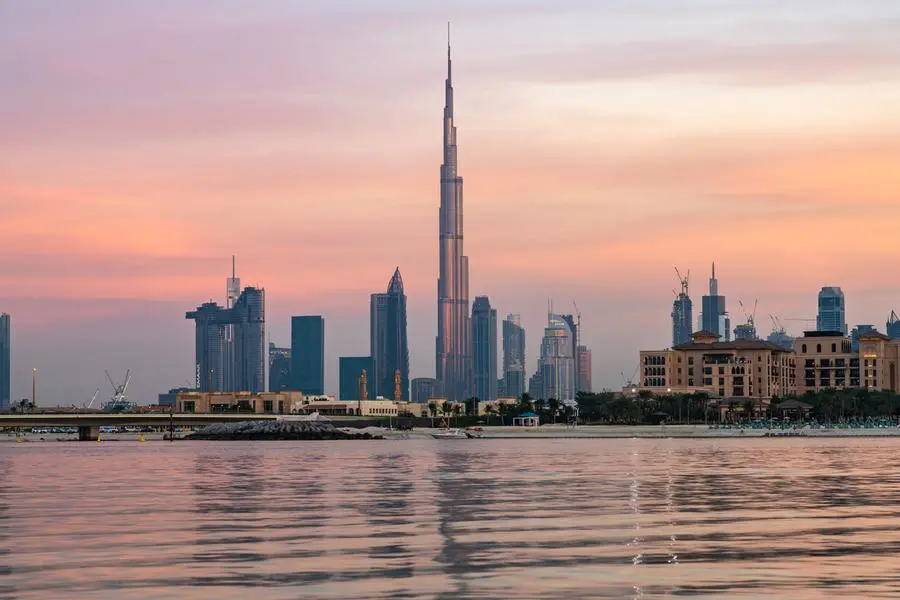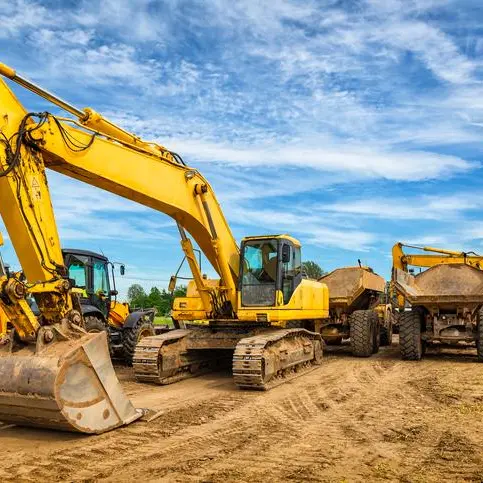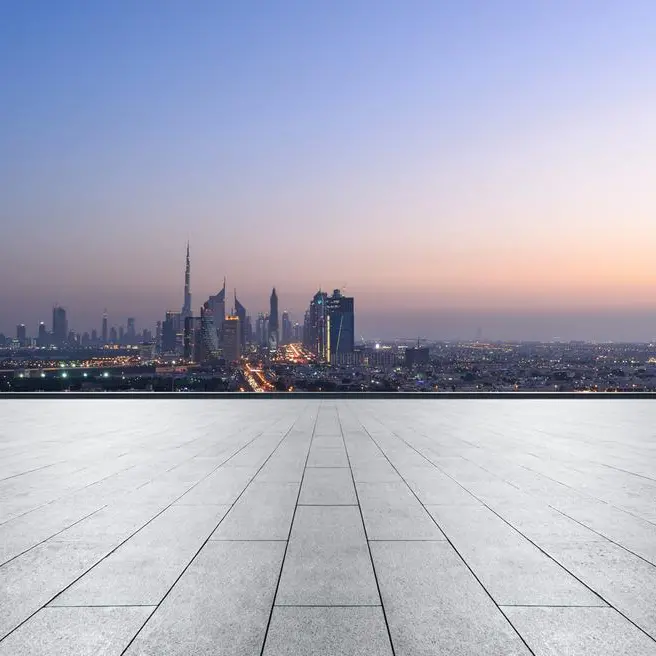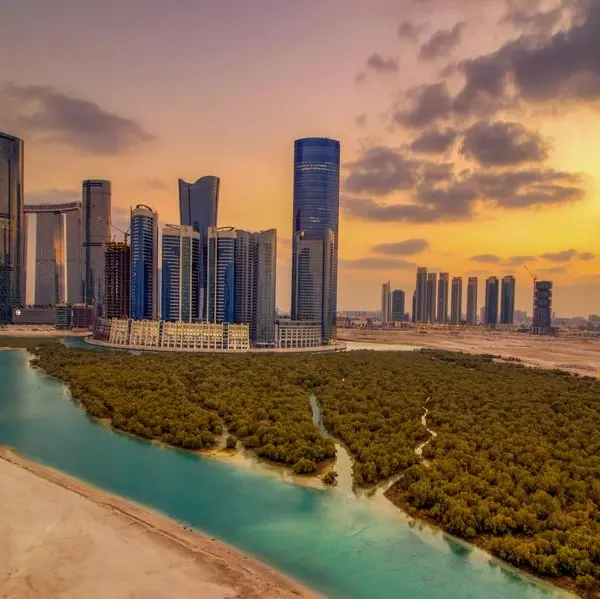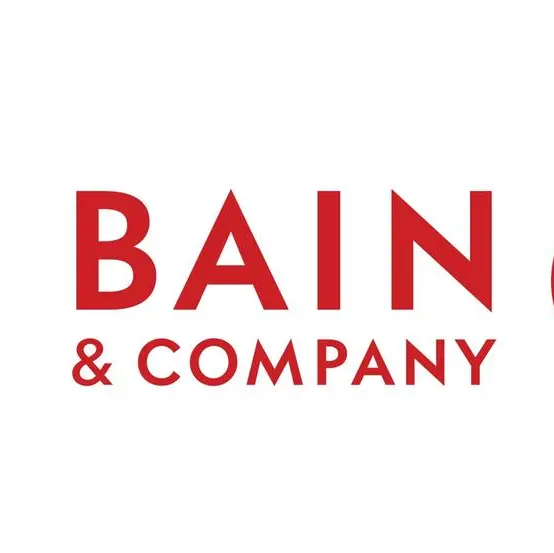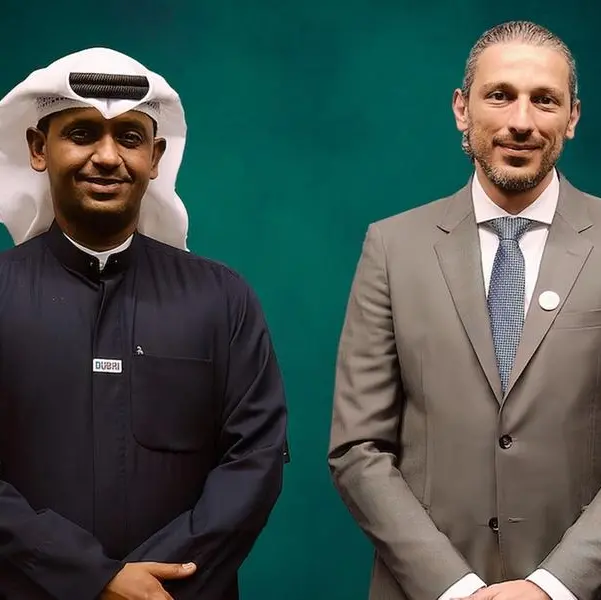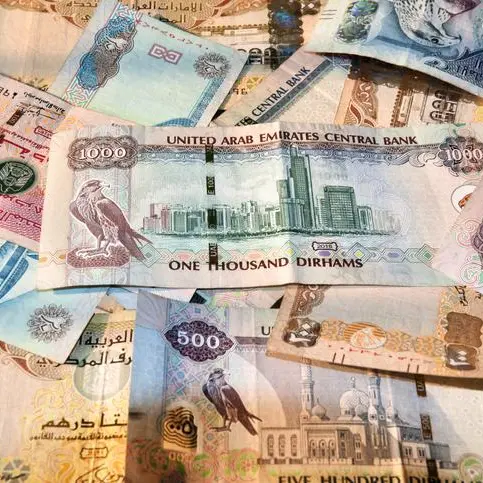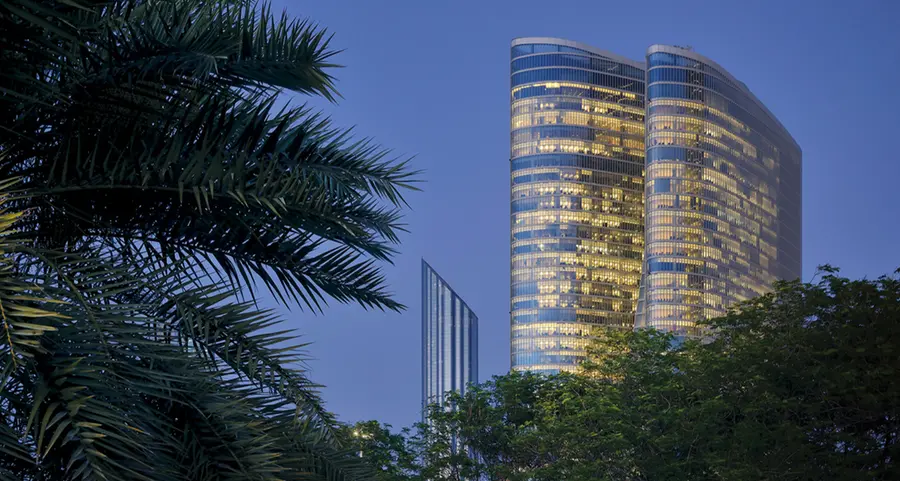PHOTO
The general view of Dubai Skyline at Sunset on january 2, 2019 in Dubai, United Arab Emirates.(Photo by Rustam Azmi/Getty Images)
- Traditional indicators alone are no longer sufficient to gauge a city's long-term competitiveness, analysis of more than 60 major urban centres shows.
- Cities are facing greater complexity but focusing on planning for climate shocks and stresses is crucial for attractiveness to investors, study authors warn.
Dubai’s efforts in building a strong business environment and state-of-the-art infrastructure helped it perform well in a new global competitive city tracker.
The City Competitiveness Redefined Tracker, from sustainable development consultancy Arup, shows that cities must think beyond traditional indicators like economic performance and transport infrastructure to continue to attract investment. Authors warn that cities need to focus far more on issues like climate action and demographic shifts to be successful in the future.
Dubai was rated as a ‘contender’ city – the third highest rating of five in the tracker. Nearby Doha in Qatar received the rating below – as an ‘aspiring’ city.
Dubai’s strong policies to build a safe environment for doing business and the promise of attractive returns, as well as global transport connectivity, helped boost its rating. Investment in developing top infrastructure in recent decades has also helped propel the city forward into becoming a leading destination for business.
But the tracker shows it has room to grow to improve liveability for its residents. While it has made great strides in building world-class architecture, public transport and walkability could be enhanced.
Doha’s stability, along with its digital infrastructure, help drive its attractiveness to investors. Authors found it has room to grow in climate planning, and like Dubai could improve its mobility to help liveability for residents.
The tracker shows which urban centres are best placed for long term success. It measures 63 cities against 37 future success indicators – with around a quarter focused on climate action. These indicators span four key assessment areas for city competitiveness: investor attractiveness, assets and infrastructure, liveability and loveability, and urban management and governance.
Vicky Evans, Director of Cities Planning Design at Arup UK, India, Middle East and Africa said: “Dubai and Doha have proven themselves as attractive locations for business and investment. But if cities want to be among the best performers of the future they need to think beyond traditional economic and infrastructure indicators.
“Both cities can make great strides by improving public transport networks and walkability for locals. They’ve long proven themselves among the world’s best for business, but improving liveability for residents will help them attract talent and stay competitive in the future.”
Paris, Vancouver, and Singapore are among those rated as best placed to be leaders of the future with a ‘best in class’ rating. Other cities around the world were rated as ‘emerging or ‘leader’ cities based on preparedness for long-term success.
The analysis up-ends some traditional assumptions about globally competitive cities and reveals how tomorrow’s leaders could be quite different from successful cities today. Lima is a leader for investor attractiveness, showing potential to challenge traditional powerhouse cities, with Peru rising as a regional leader in green finance. Cities like Seoul, Melbourne, and Buenos Aires are championing climate action and resilience, and are also front runners for investor attractiveness.
The tracker demonstrates how cities are already under siege from climate change. The World Bank estimates the number of people vulnerable to floods has risen to 1.8 billion.[i] And it has been estimated that the number of cities exposed to extreme temperatures - 35°C and above - will triple by 2050[ii].
The report authors advise that there is a growing relationship between cities with strong climate resilience and mitigation plans, and their potential to attract and retain investment, business, and talent. And failure to manage climate risks can be detrimental to a city’s global competitiveness.
Mark Watts, Executive Director at C40 Cities, said: “This new tracker shows how boosting resilience is a win-win for cities and their residents. This tracker goes beyond just telling them what they are already doing well and shows the direction they need to take to remain attractive to investors.”
About Arup:
Dedicated to sustainable development, Arup is a collective of 18,000 designers, advisors and experts working across 140 countries. Founded to strive for humanity and excellence in everything that we do, we collaborate with our clients and partners, using imagination, technology and rigour to shape a better world.
